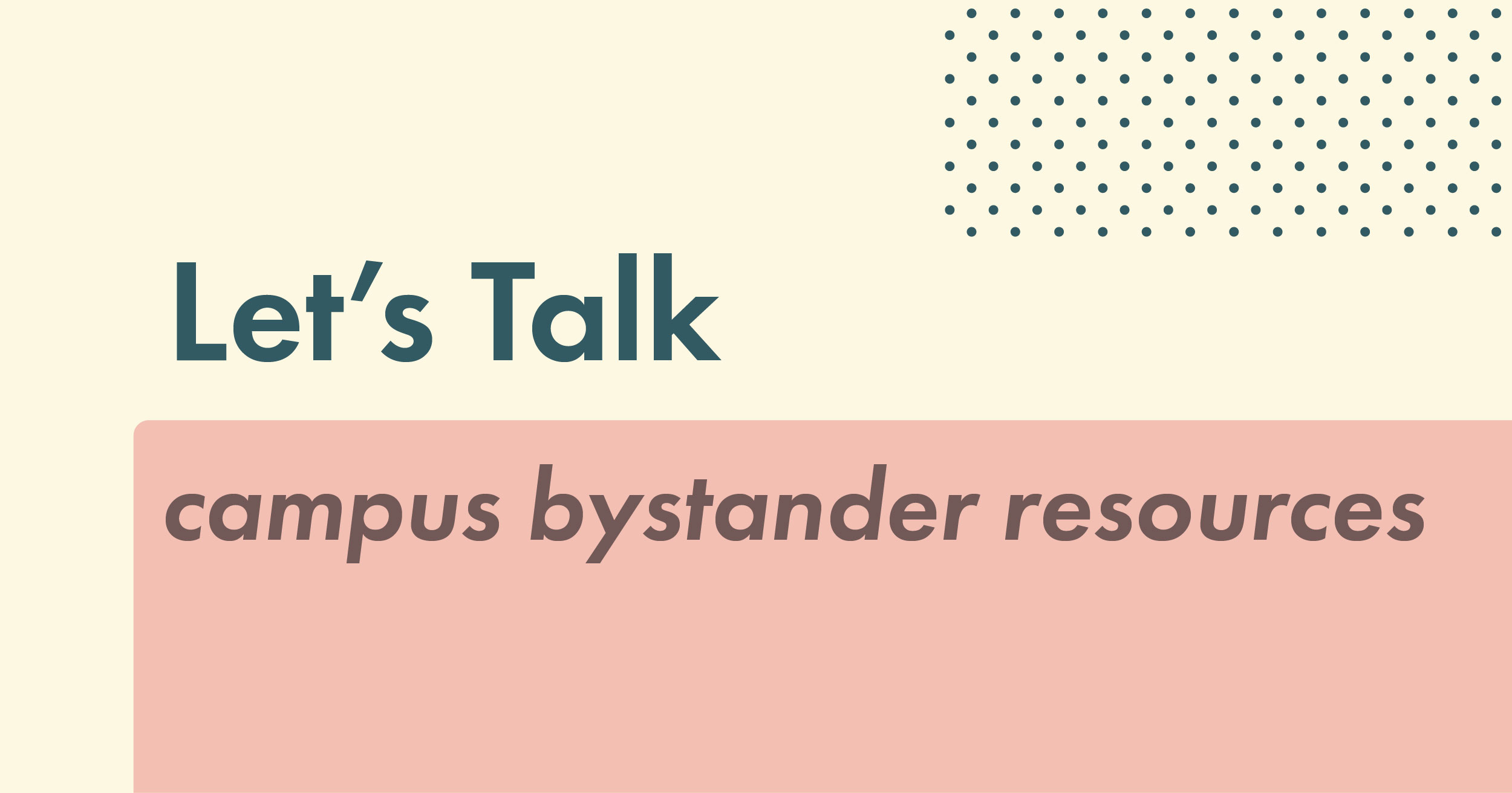
 Resource for College Students: Talking with a Friend about Concerning Sexual Behavior
Resource for College Students: Talking with a Friend about Concerning Sexual Behavior
Author's Notes
Imagine a campus where students who have crossed the line sexually can take responsibility for their actions, a campus where students have the skills to talk about these situations, and a campus where those who have been harmed are not isolated by that experience. Steps toward making such a campus a reality are all discussed in this guide and are critical ingredients for creating a safer community for everyone.
In this guide we are talking about sexual violence, and in particular, we are focusing on the students who cause harm. We want to be really clear that taking the time to understand the students who cause the harm, who commit some form of sexual misconduct on campus, does not discount, diminish, or in any way lessen the very real impact on the students who are victims of sexual violence. In fact, it is the very real impact on those who experience sexual victimization that compels us to explore and address this difficult subject.
We understand that we are asking a lot. It can be hard to reach out to people we know and care about, to have really difficult conversations. This is never easy. It is even more difficult when coming from different cultures, different backgrounds with different social norms, different communities, and entering a campus with different expectations and different access to resources. There are also social and emotional risks involved, and it is not possible nor safe in every situation or for every person to have this conversation. However, we do believe that when it is possible to speak up, we have the opportunity to stop sexual violence before anyone is harmed. There is value in addressing the specific actions that cause harm, the impact that results, and the possibilities for repair. Often those best positioned to start the conversation are other students. Through these conversations, it is possible to provide an avenue for someone to take responsibility for their behaviors and, in doing so, prevent future harm.
We hope you will explore these ideas with us.
Joan Tabachnick, Rachel King, and Emma Halper
Project Overview
To stop sexual misconduct on college campuses, a comprehensive public health approach must include a primary prevention strategy, such as preventing the perpetration of sexual harm. This means that an essential part of this comprehensive strategy must directly address the individuals at risk of causing harm as well as the systems that support them.
Campuses have begun to address the question of how to prevent the perpetration of sexual misconduct as well as how to develop services for those who are at risk to harm, those who have harmed and not yet been reported, and those who have been reported. However, students still need easily accessible information and basic tools for when and how to talk with another student when there is some concern about their behaviors.
This resource offers information and basic tools for students about when and how to talk with a peer when concerned about their behaviors in the campus setting. In particular, it provides information that can be offered to those students who are willing to change their attitudes and actions. It also offers insights into how to receive that feedback if someone voices concern about your behaviors.
Background
What is Problematic Sexual Behavior?
When to Intervene
How to Have the Conversation
You are Told that YOU Have Crossed the Line
Download and Share
Additional Resources
Definitions of Terms
References

